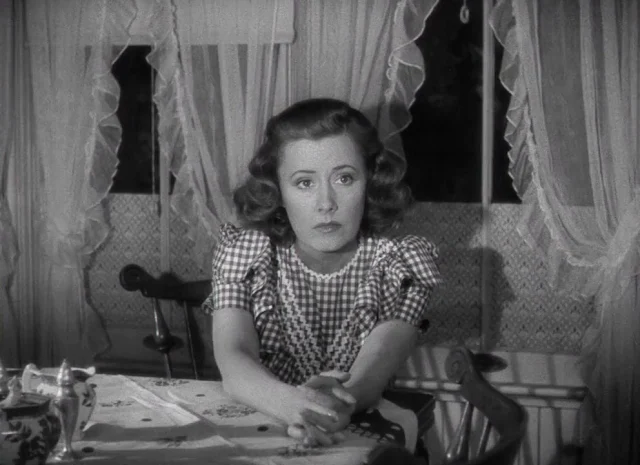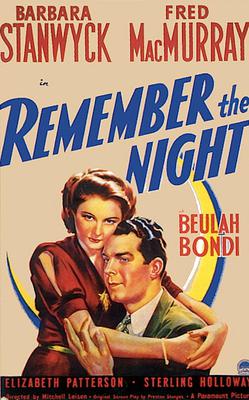 |
| Estelle Taylor, Beulah Bondi, and Eleanor Wesselhoeft in Street Scene |
Rose Maurrant: Sylvia Sidney
Sam Kaplan: William Collier Jr.
Anna Maurrant: Estelle Taylor
Emma Jones: Beulah Bondi
Frank Maurrant: David Landau
Vincent Jones: Frank McHugh
Steve Sankey: Russell Hopton
Mae Jones: Greta Granstedt
Greta Fiorentino: Eleanor Wesselhoeft
Bert Easter: Walter Miller
Abe Kaplan: Max Montor
Shirley Kaplan: Ann Kostant
Dick McGann: Allen Fox
Karl Olsen: John Qualen
Willie Maurrant: Lambert Rogers
Filippo Fiorentino: George Humbert
Laura Hildebrand: Helen Lovett
Alice Simpson: Nora Cecil
Director: King Vidor
Screenplay: Elmer Rice
Based on a play by Elmer Rice
Cinematography: George Barnes
Production design: Richard Day
Film editing: Hugh Bennett
Music: Alfred Newman
Eighty-seven years later, King Vidor's
Street Scene remains one of the best translations ever made of a stage play into a movie. I think it's largely because Vidor and screenwriter Elmer Rice, adapting his Pulitzer Prize-winning play, avoided the temptation to "open out" the play. The focus of both play and film has to be the façade of the tenement house in which the characters live. Director and writer resist the temptation to go inside, even to show the double murder that forms the climax of the drama. Vidor does give the setting a little more context, with shots of the street and the city rooftops, and there's a scene inside a taxicab arriving at the brownstone, as well as a swish-pan montage of faces popping into windows along the street as people hear the gunshots. But virtually all of the action takes place where it should: on the front steps and in the flanking and upper-story windows of the tenement. What keeps
Street Scene from bogging down as one-set films tend to do is the constant mobility of the camera, seeking out a variety of angles on the characters as they come and go. Several of the actors, including Beulah Bondi, John Qualen, Eleanor Wesselhoeft, George Humbert, and Ann Kostant, had performed their roles on Broadway, so they were already keyed into the kind of ensemble playing that
Street Scene demands. This was Bondi's film debut, and she's a standout in the key role of the malicious gossip Emma Jones, a hypocrite whose son is a bully and whose daughter behaves like what Emma would call a tramp if she were someone else's daughter. The newcomers to the play also handle themselves admirably, especially Sylvia Sidney and Estelle Taylor as Rose Maurrant and her mother, Anna. The weak link in the cast is William Collier Jr. as Sam Kaplan, who comes across as something of a wuss, unable to defend himself against the bullying Vincent Jones, and a sap in his love scenes with Sidney's Rose, making us wonder what she sees in him.
Street Scene also trades a little heavily in stereotypes: the Italians who love music, the Irishman who's a drunk, the Jews who are somewhat isolated from the rest of the tenants, and even the Swede with a comic accent -- one of John Qualen's specialties. Like most of the films produced by Sam Goldwyn
, Street Scene has high production values, particularly Richard Day's set, which was modeled on Jo Mielziner's Broadway set; the cinematography by George Barnes with some uncredited assistance from Gregg Toland; and Alfred Newman's score, which features a bluesy Gershwinesque theme that he would re-use in half a dozen other movies even after he left Goldwyn for 20th Century Fox.






































